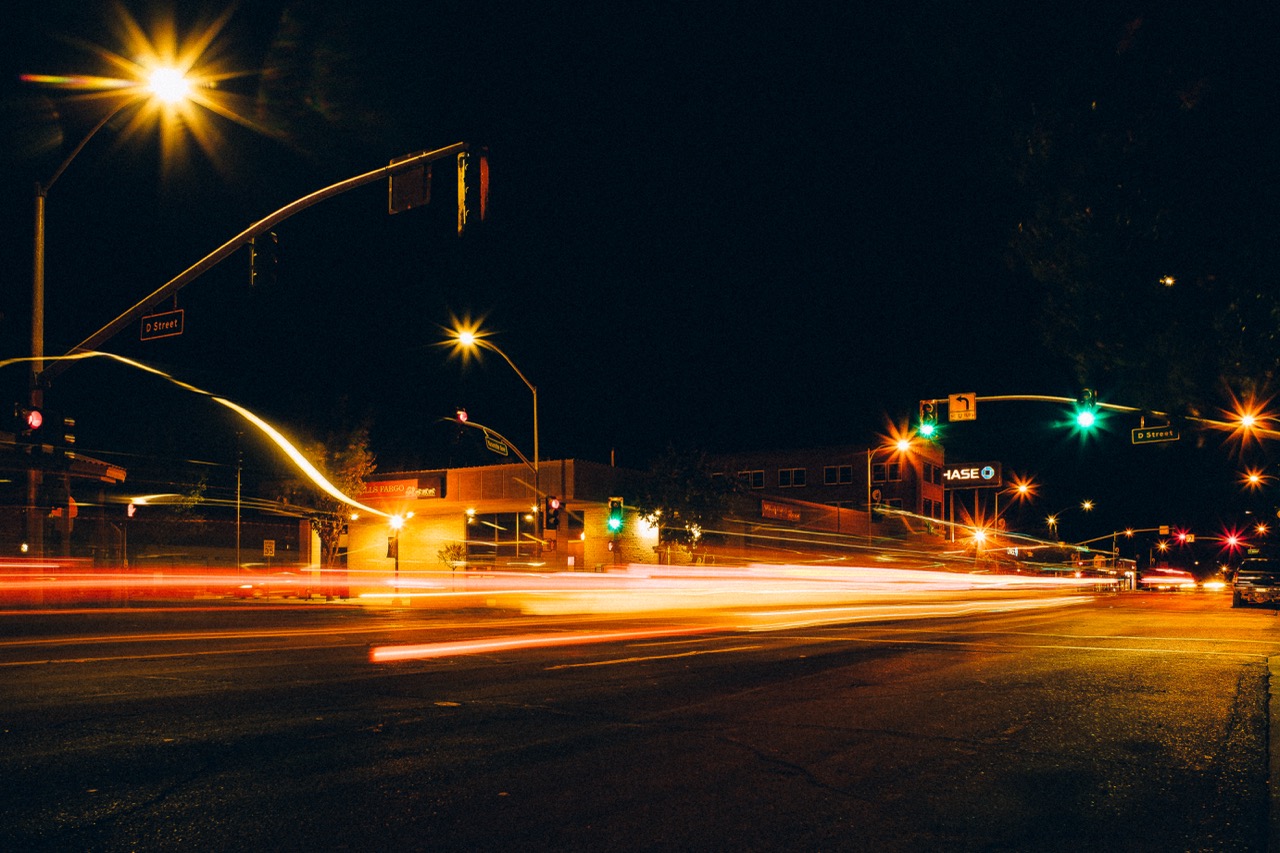The City of Madera has begun a $2 million project to install new sidewalks, curb ramps, and gutters in 13 areas across the community. Work is focused near schools and in locations where sidewalk gaps have long existed, with the goal of improving walkability, accessibility, and safety for all residents.
Project Goals
- Improve Safety for All Users
New sidewalks and curb ramps will create continuous, accessible pedestrian routes, especially in school zones. - Enhance Walkability and Accessibility
The project addresses long-standing sidewalk gaps to make it easier for residents of all ages and abilities to get around safely. - Support Safe Routes to School
Areas near schools are prioritized to ensure children have safe, convenient routes for walking to and from school. - Preserve the Urban Environment
Staff carefully plan each site to minimize impacts on mature trees and landscaping while completing necessary improvements. - Leverage Grant Funding
The project is funded through the Affordable Housing and Sustainable Communities program and Local Transportation Funds, helping the City deliver key infrastructure upgrades efficiently.
Project Progress
Construction is already underway, with visible improvements along Clinton Street and Schnoor Avenue. Additional work will continue in neighborhoods throughout the City, creating safer streets and more walkable communities for children, families, and pedestrians of all ages.
Presentations
Downtown Madera Street & Pavement Improvement Project – Presentation (July 31)

